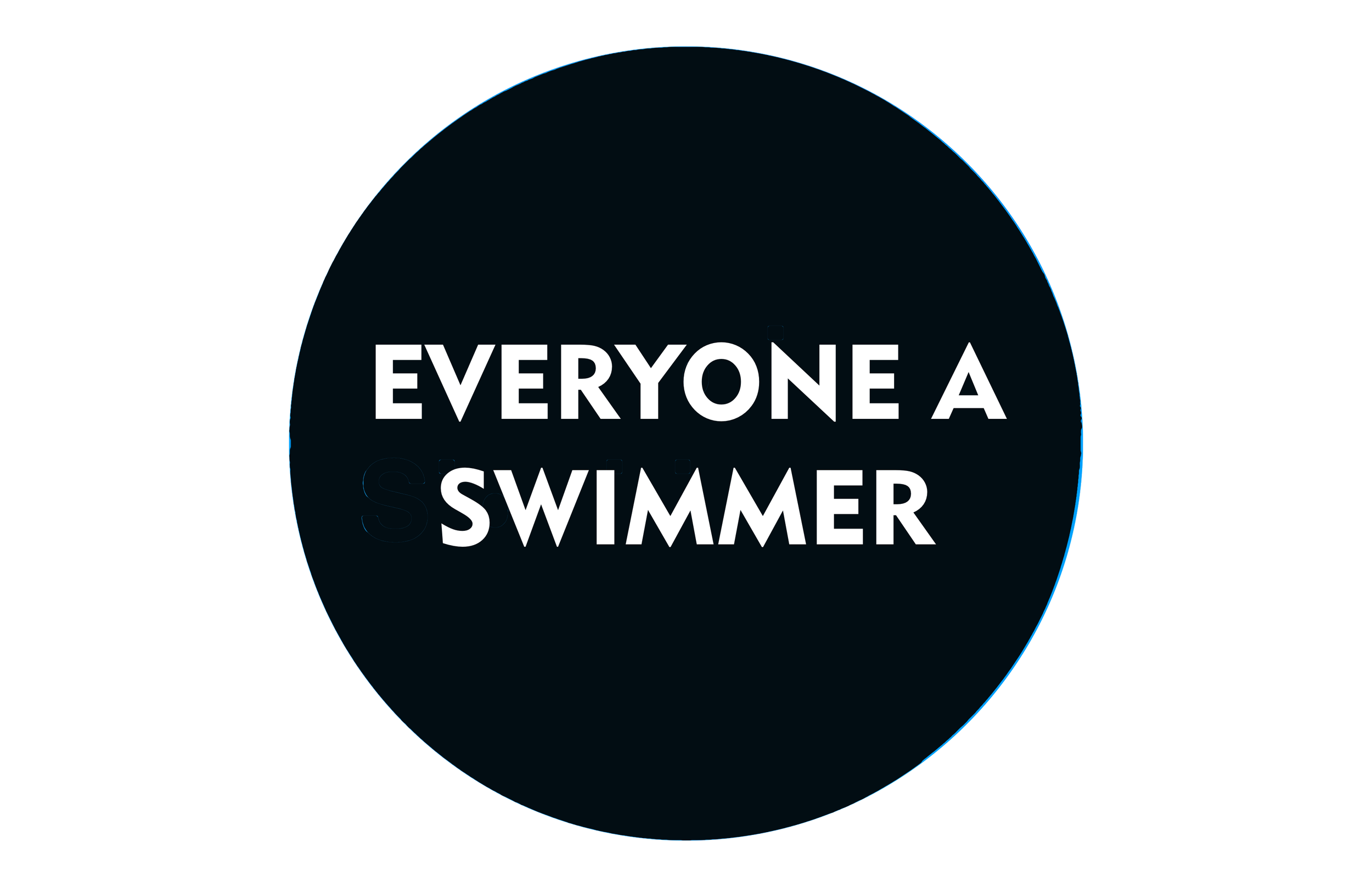
Everyone a Swimmer
California Water Safety Priority 3
Goal: To ensure that everyone has the opportunity to learn skills to be safe in and around the water.
Action Plan Expanded
Why is this a Priority?
The ability to swim is not only a survival skill that reduces the risk of drowning, but an essential activity that opens a broad range of recreation and sport opportunities associated with long term health, mental, and social benefits. Teaching school-aged children basic swimming skills is recommended by the World Health Organization as a key intervention to prevent drowning,1 and there are opportunities to expand learn to swim programs across the age spectrum of California’s population. Importantly, there are gaps in access to swim lessons: who has and does not have the ability to receive and participate in swim education programs varies based on geography, socio-economic status, age, developmental skills, race, ethnicity, and other categories. With an acute lens towards equity, the key action areas within this priority strive to address this.
“Learning to swim” has a variety of meanings. This priority is focused on ensuring everyone has an opportunity to learn essential swim skills, which include being able to enter the water and resurface, controlling breathing, floating, turning, moving to safety in the water, and exiting.22 These basic swim skills represent minimum proficiency, and are the foundation to gain experience and comfort in the water required for more advanced aquatic skills, such as learning swim strokes or being able to swim in open water environments.
Knowledge gaps
A variety of different types of swim lesson instruction exist and evaluation of these lessons as to the impact on drowning prevention is limited.
Key Data Activities
Identify Current Programs
A scan of current swim lesson and water competency education programs will clarify what groups currently do and do not have access to instruction and where the programs are offered.
Conduct Policy Scan
Determining what state and local policies directly or indirectly relate to swim education is an essential step in developing advocacy plans that seek to further establish learning to swim as an important life skill supported by state and local governments.
Identify Barriers and Facilitators to Learning to Swim Research characterizing the reasons why some groups have higher or lower participation in swim education is essential to increasing access and developing tailored programs to address and expand basic swim skills.
Key Action Areas:
Community Programs and Education
Promote Swimming for All
Develop and deliver representative and inclusive messages highlighting swimming as a critical life skill for all people and an activity with important health benefits.
Open Water Education
Build upon basic swimming skills with subsequent programs designed to increase skill development outside controlled pool environments, such as at beaches, rivers, or lakes.
Professional Training and Capacity
Instructor Recruitment and Retention
Promote swim instruction jobs in new communities, including rural areas. Explore ways to make swim instructor jobs competitive, including wages, sign-on and other incentives, career advancement opportunities, and specialized training.
Streamline Instructor Education
Provide low or no cost training to become a swim instructor. Enhance opportunities for multi-organization training, collaborate to provide access to courses in traditionally underserved locations.
Recruit Instructors from Diverse Backgrounds Investigate opportunities and implement initiatives to diversify the swim instructor and aquatic facility workforce. Remove barriers to entry to the profession, including initial costs for certification and training.
Policy and Systems
Expand Programming
Deliver swim lessons and water competency education to new populations and locations, prioritizing low resource settings. Explore partnerships with California’s schools to deliver swim lessons.
Increase Access
Address barriers to participation in swim lessons. Provide program scholarships, swimsuits, and coordinated and free transportation.

